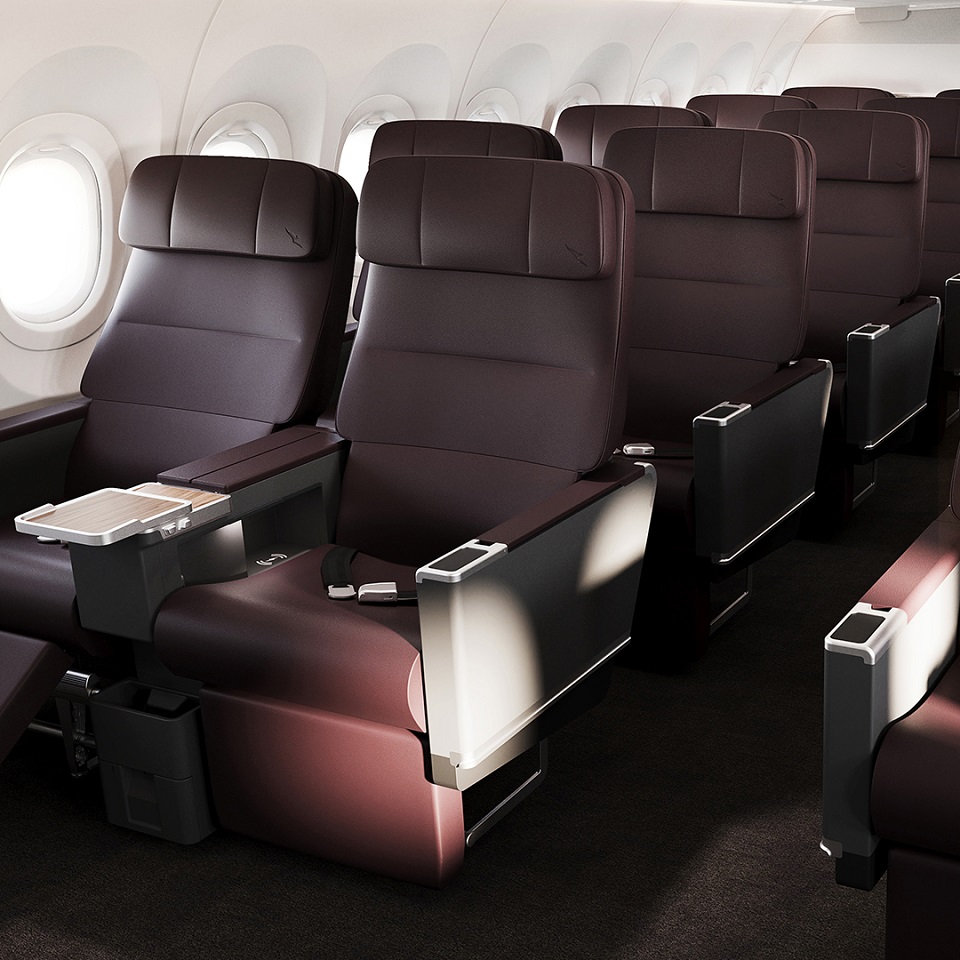Airlines
Qantas Rolls Out A321XLR Cabin Design as Crew Training Kicks Off for 2025

Qantas has begun training its pilots in anticipation of the arrival of its first Airbus A321XLR aircraft in Australia next year, revealing new details about the enhanced cabin experience that passengers can expect.
This marks a significant milestone in Qantas’ fleet renewal program, which includes an order of 28 A321XLR aircraft set to progressively replace its Boeing 737 fleet over the next decade. The first A321XLR is scheduled to arrive in April 2025.
As the longest-range variant in the Airbus A320 family, the A321XLR will enable Qantas to introduce new non-stop routes that are currently beyond the reach of existing aircraft. The new fleet promises to deliver a more comfortable and quieter flying experience, improved operational reliability, and reduced emissions per seat compared to the aircraft they will replace.
10 Common Factors Leading to Visa Application Rejection
To support this transition, more than 240 Qantas pilots will undergo extensive training on the A321XLR over the next three years. This training not only prepares them for the new aircraft but also opens up new career pathways and promotional opportunities.
Pilots will spend up to 60 hours in the state-of-the-art simulator as part of their comprehensive training program, with annual recurrency training sessions to follow. Notably, the simulator, located at the new Sydney Flight Training Centre, is equipped with the latest technology, including a dual head-up display, making it one of the few simulators of its kind worldwide.
New EU Carry-On Rules Begin September 2024: What to Expect
In addition to pilot training, approximately 2,000 cabin crew members will also be progressively trained to operate the new aircraft as they are integrated into the fleet. The A321XLR’s cabin has been thoughtfully designed to enhance passenger comfort, featuring:
- Wider Economy seats with improved cushioning, offering greater comfort compared to the current 737 seats.
- The largest overhead bins of any single-aisle aircraft, providing 60% more storage capacity than the 737.
- A spacious cabin design with higher ceilings, larger windows, and a wider layout than the 737, creating an open and airy atmosphere.
- Fast, free Wi-Fi for all passengers, allowing for seamless connectivity across multiple devices, along with an improved qantas inflight entertainment movie list 2023 for streaming content directly to personal devices.
- A seating capacity of 197 passengers across two classes, including 20 Business Class seats arranged in a 2-2 configuration and 177 Economy Class seats in a 3-3 configuration.
With these upgrades, Qantas is set to elevate the flying experience for its passengers while ensuring that its crew is fully prepared for the next generation of aviation.









